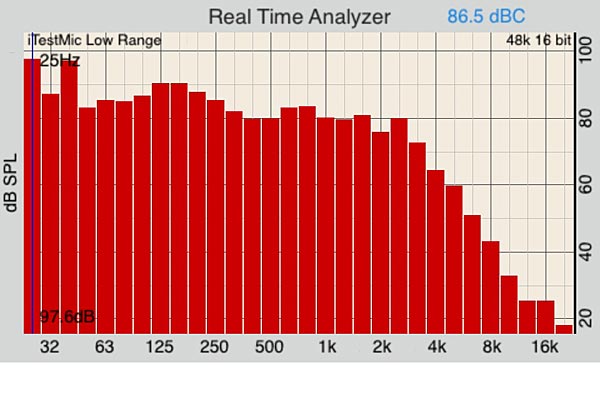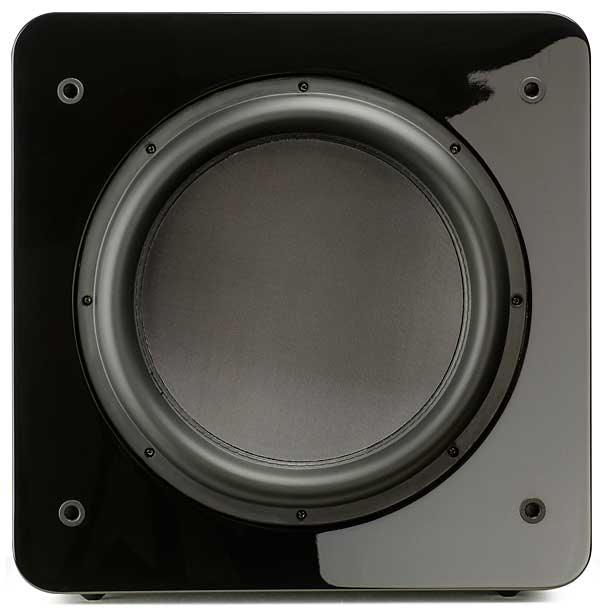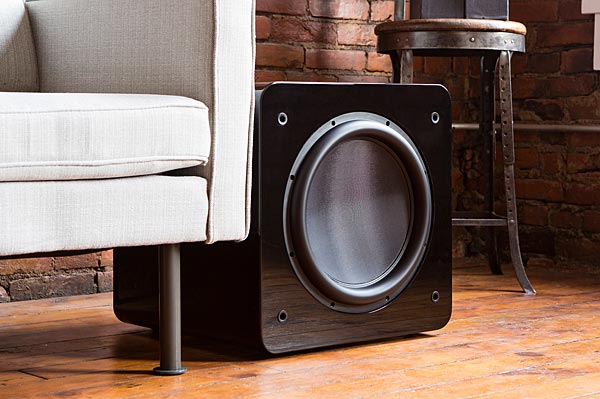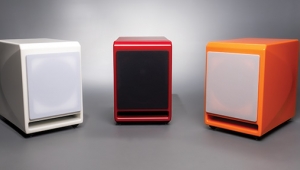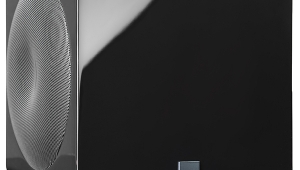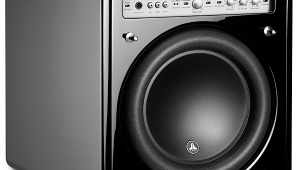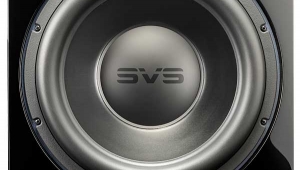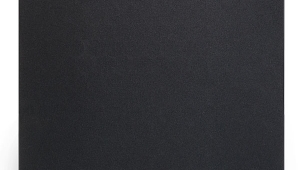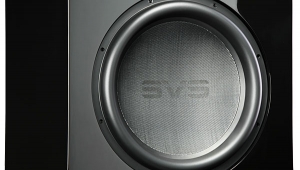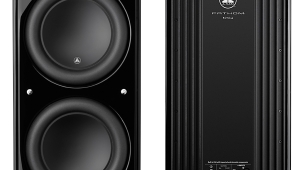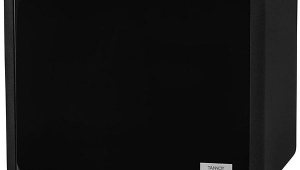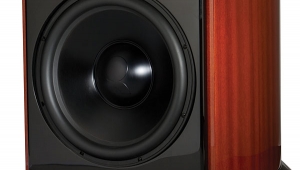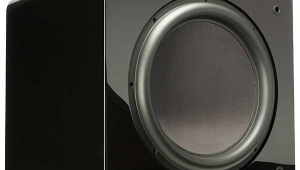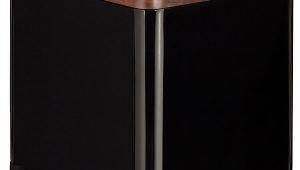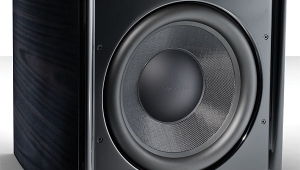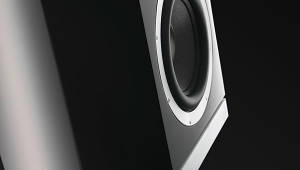| Columns Retired Columns & Blogs |
I was thinking about purchasing two of these. Good to know they have a 45 day trial period. Any idea how the SVS compares to big HSU VTF 15 models? Cannot wait to see how the revel rhythm 2 compares to the big velodyne 18. Looking forward to a well written, thorough review and in depth comparison. Please include max Db at 25hz, 20hz, 15hz along with distortion figures. You may want to take a look at bringing in the big 230lb Paradigm Sub2.
